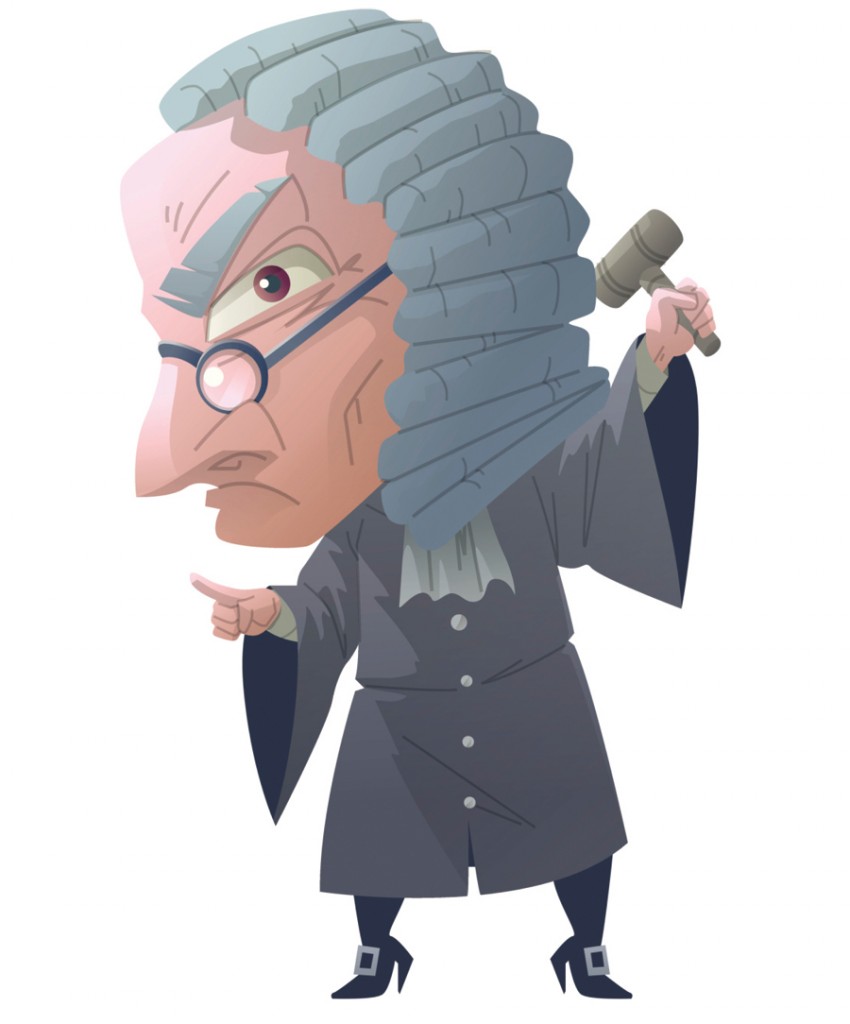
Is an angry judge a bad judge? Not necessarily.
“Anger is the quintessentially judicial emotion,” says Terry Maroney, professor of law and co-director of Vanderbilt’s program in social justice. “It involves appraisal of wrongdoing, attribution of blame and assignment of punishment—precisely what we ask of judges.”
That assertion goes against the grain of the conventional view that judges should not have emotions, and if they do, they should do everything in their power to overcome them. The reality is more nuanced, particularly for anger, Maroney believes.
In her recent article “Angry Judges,” published by the Vanderbilt Law Review, Maroney maps out a path for making good use of anger. “Righteously angry judges,” she argues, “acknowledge and manage anger in a way that makes them more effective.”
Anger is not always good for judges, acknowledges Maroney, who culls evidence from legal opinions, media reports and even YouTube videos to catalog a startling array of bad behavior, ranging from insulting of lawyers and litigants to yelling at—and, in one instance, allegedly choking—other judges.
“Anger seems to pose a danger to the neutral, careful decision-making we expect of judges,” Maroney writes. It can be “associated with aggression, impulsivity and irrationality.”
On the other hand, judges “act as society’s anger surrogates,” Maroney says. “We expect them to feel and express anger on our behalf—for example, when sentencing someone like Bernie Madoff, who destroyed lives with a massive financial fraud.” Maroney draws insights from psychology, philosophy and even neuroscience to demonstrate that anger also can help a judge recognize wrongdoing, communicate authority and make difficult decisions.
So how can judges avoid anger’s dangers without forfeiting its benefits? Maroney finds a reconciliation of these competing forces in Aristotle’s concept of “virtuous anger.” The righteously angry judge, she writes, is a virtuous judge: He or she gets angry for good reasons, experiences and expresses that anger in a well-regulated manner, and uses anger to motivate and carry out the tasks within his or her authority.
Maroney’s message is finding a receptive audience among judges: She recently began a series of judicial trainings in the United States and France. In these trainings she suggests that a judge who recognizes and carefully processes his or her emotions, including anger, is a better judge than one who tries to suppress feelings in the name of impartiality.
“The emotionless judge is a dangerous myth,” Maroney writes. “Judicial emotion cannot be eliminated, but it can be well-regulated. Right-eously angry judges deserve not our condemnation but our approval.”
At Vanderbilt, Maroney is affiliated with the criminal justice, social justice, and Cecil D. Branstetter Litigation & Dispute Resolution programs. She also holds an appointment in the Center for Medicine, Health and Society.
She was first invited to discuss her work on law and emotion at the Federal Judicial Center’s National Sentencing Institute in October 2012. Her 2011 article “Emotional Regulation and Judicial Behavior,” in California Law Review, had captured the attention of Jeremy Fogel, a longtime judge with the U.S. District Court for the Northern District of California and director of the FJC.
“It’s one of those moments academics dream about,” says Maroney, who particularly welcomes the opportunity to work with judges just beginning their tenure in federal trial courts.
“Judges are going to experience a number of emotional challenges during the time they sit on the bench. While sentencing is the primary focus of our panel, the session also allows us to start a conversation about the full range of emotional challenges judges face—not just at criminal sentencing hearings, but also in civil trials, in their dealings with attorneys, and in tackling touchy issues about which they are likely to have strong feelings.”
Watch an interview with Terry Maroney.